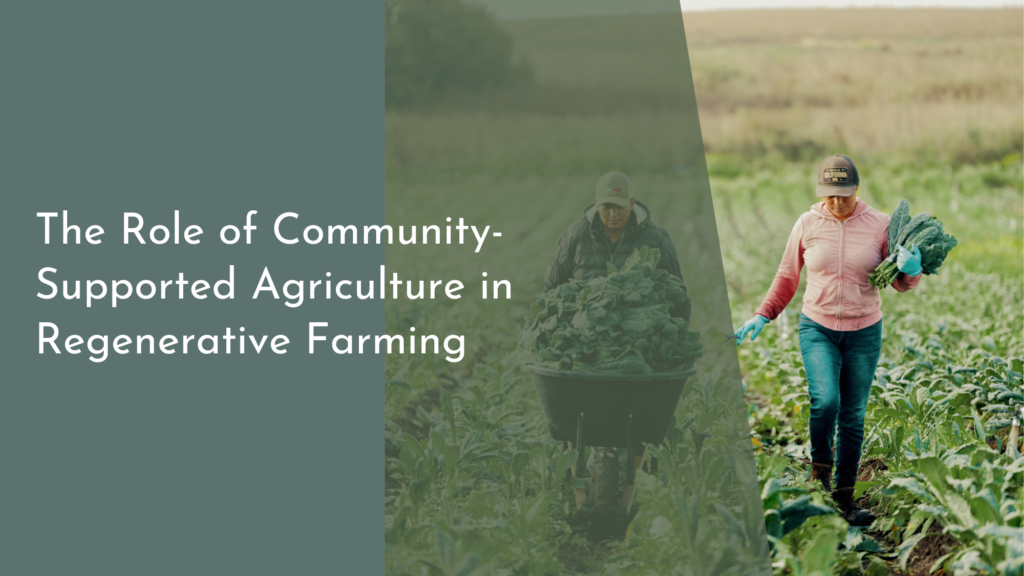Innovations in biodegradable elastomers for flexible packaging
As the world increasingly turns its attention to the pressing need for sustainable solutions, the packaging industry is on the front lines of this transformation. Among the most exciting advancements is the development of biodegradable elastomers for flexible packaging. These innovative materials not only promise to reduce waste but also offer the necessary functionality and durability that consumers expect from packaging solutions. In this article, we’ll explore the science behind biodegradable elastomers, their application in flexible packaging, the cutting-edge techniques shaping these materials, and what the future holds for sustainable packaging.
Discovering the Magic of Biodegradable Elastomers
Biodegradable elastomers are a fascinating class of materials that blend the desirable properties of traditional elastomers—such as flexibility, strength, and resilience—with the remarkable ability to break down naturally over time. Made from renewable resources like corn starch, natural rubber, or synthetic polymers designed to degrade, these elastomers offer a promising alternative to conventional plastics. Their unique chemical structure allows them to decompose into harmless byproducts when exposed to environmental elements, making them a game changer in the quest for reducing plastic waste.
Researchers and manufacturers have been keenly focused on optimizing the performance of biodegradable elastomers while ensuring they remain cost-effective. This balance is crucial for widespread adoption, as consumers and businesses alike are seeking sustainable options without compromising on quality. The versatility of biodegradable elastomers means they can be tailored for various applications, from food packaging to medical uses, showcasing their potential in multiple sectors.
How Flexible Packaging is Going Green and Staying Strong
Flexible packaging, known for its lightweight and space-efficient design, is rapidly adopting biodegradable elastomers, marking a significant step towards sustainability. Traditional plastic packaging has long been criticized for its environmental impact, leading to a shift in consumer preferences towards greener options. By incorporating biodegradable elastomers, manufacturers can provide environmentally friendly packaging solutions that retain the desired qualities of flexibility and durability, essential for preserving products.
The move towards biodegradable elastomers in flexible packaging isn’t just about meeting consumer demand; it’s also about regulatory compliance and brand reputation. Companies are increasingly recognizing the importance of sustainable practices in their operations, driven by both legislation and a growing eco-conscious consumer base. As a result, the integration of biodegradable materials not only enhances product appeal but also solidifies a brand’s commitment to environmental stewardship.
Innovative Techniques Transforming Eco-Friendly Materials
The development of biodegradable elastomers is being propelled by innovative techniques in material science and engineering. For instance, advancements in polymerization methods and compounding processes are enabling researchers to create elastomers with enhanced mechanical properties and improved degradation rates. These breakthroughs mean that biodegradable elastomers can perform comparably to traditional materials, making them more appealing for manufacturers and consumers alike.
Moreover, technological innovations like 3D printing and nanotechnology are opening new avenues for the application of biodegradable elastomers. By utilizing these techniques, producers can customize packaging designs, reduce material waste, and enhance the efficiency of production processes. As these technologies continue to evolve, the potential for creating even more sophisticated and eco-friendly packaging solutions becomes a tangible reality.
The Bright Future of Sustainable Packaging Solutions
As awareness of environmental issues rises, the future of sustainable packaging solutions looks promising. Biodegradable elastomers are poised to play a pivotal role in this evolution, carving out a niche in markets that prioritize sustainability without sacrificing performance. With ongoing research and development, the potential for these materials to address various packaging needs continues to expand, paving the way for innovative products that could redefine the packaging landscape.
Additionally, collaboration among industry players, including manufacturers, researchers, and consumers, will be crucial in driving the adoption of biodegradable elastomers. By pooling knowledge and resources, stakeholders can facilitate the transition towards more sustainable practices while navigating the challenges of scalability and cost-effectiveness. Ultimately, the adoption of biodegradable elastomers in flexible packaging represents a bright future where environmental responsibility harmonizes with consumer needs, creating a win-win for everyone involved.
In conclusion, the advancements in biodegradable elastomers for flexible packaging highlight a remarkable shift towards sustainability in the packaging industry. These innovative materials not only tackle the plastic waste crisis but also provide robust and versatile solutions for a variety of applications. As we move forward, the commitment to research and the embrace of green technologies will ensure that the packaging of tomorrow is as kind to the planet as it is effective in meeting our daily needs. With continued innovation and collaboration, the dream of a sustainable future is becoming a delightful reality!

